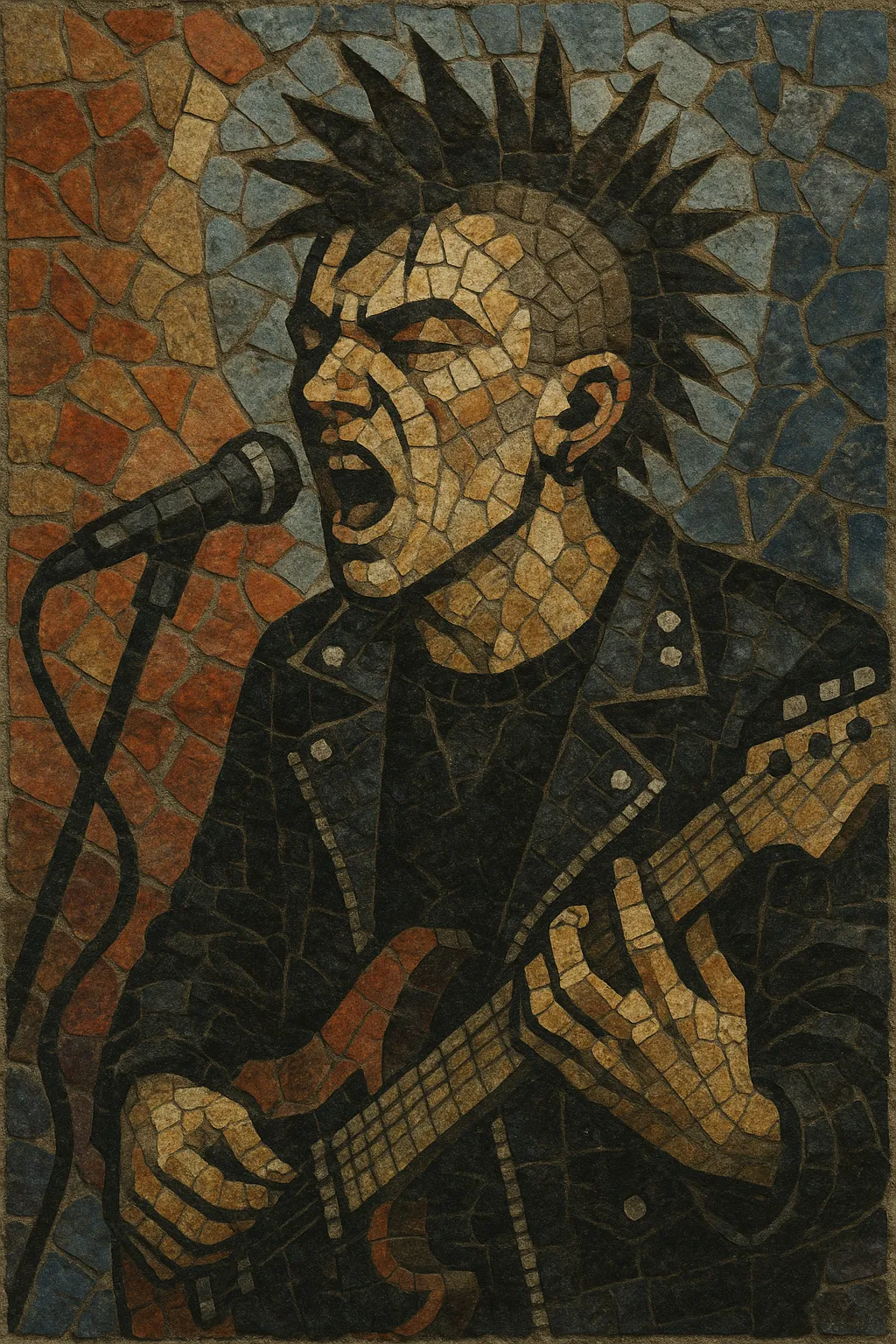Siberian punk is a raw, DIY strain of Soviet/Russian punk that took shape in the Siberian cities of Omsk, Novosibirsk, and Tyumen. It is marked by lo‑fi cassette production, stark anti‑authoritarian and existential lyrics, and a harsh, cathartic vocal delivery.
Musically it blends the urgency of punk and hardcore with post‑punk bleakness, garage immediacy, and occasional psychedelic or folk‑tinged color. Because it developed far from the major cultural centers and under censorship, Siberian punk cultivated a fiercely independent magnitizdat (tape‑trading) culture and a tradition of intimate apartment concerts (kvartirniki).
Siberian punk emerged in the early-to-mid 1980s in the RSFSR (Soviet Russia), especially in Omsk, Novosibirsk, and Tyumen. Under late-Soviet restrictions, bands recorded on home tape decks and spread music via magnitizdat. Apartment concerts (kvartirniki) and informal local scenes substituted for official venues. The scene coalesced around figureheads such as Yegor Letov and a tight circle of allied bands and projects, forming a distinct "Siberian underground" with a punk backbone and a penchant for experimentation.
As perestroika loosened censorship, Siberian punk circulated more broadly across the USSR. DIY labels and collectives issued cassettes and zines, while bands toured beyond Siberia. The sound stayed abrasive and lo-fi by choice and necessity, with lyrics that mixed political dissent, black humor, and stark poetry about everyday alienation. Tragedies—most notably the death of Yanka Dyagileva in 1991—etched the scene’s melancholic aura into its history.
After the Soviet collapse, many classic recordings were reissued, and the mythology of the Siberian underground solidified. The DIY ethos and unvarnished production inspired later Russian indie and punk circles, while the lyrical directness became a reference point for artists addressing social reality. Archival and fan-driven efforts on the internet preserved tapes, bootlegs, and concert documents.
Siberian punk’s bruised romanticism, minimal resources, and cassette grit echo in modern lo-fi indie and in online micro-scenes that fetishize Soviet-era media textures. Its example continues to represent artistic autonomy under constraint: write, record, duplicate, perform—regardless of access to institutions.


